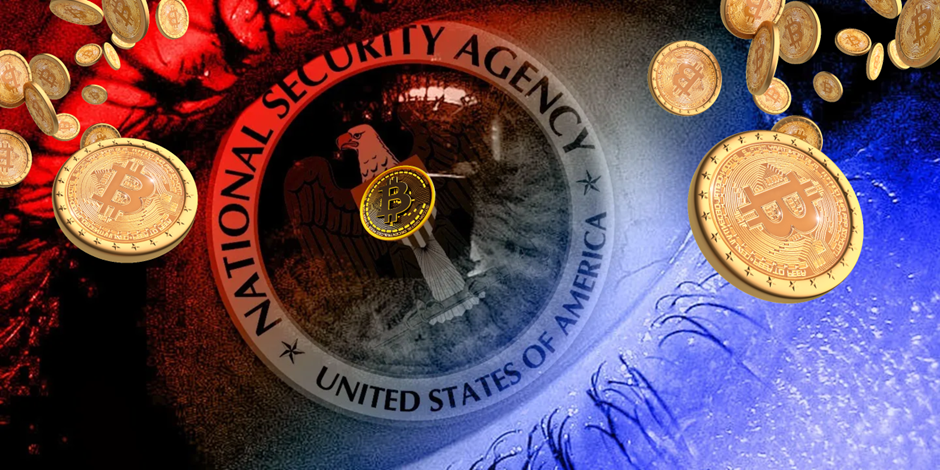How Bitcoin Became a Strategic Tool for the CIA

In a recent conversation, Michael Ellis, the Deputy Director of the Central Intelligence Agency (CIA), described Bitcoin and other cryptocurrencies as vital instruments in the United States’ strategic arsenal. Speaking on Anthony Pompliano’s podcast, Ellis emphasized the growing role of digital currencies in national security, particularly in countering adversaries like China.
His remarks signal a shift in how government agencies view cryptocurrencies, moving from skepticism to recognizing their potential as tools for intelligence and disruption. With Bitcoin’s adoption accelerating across institutions, Ellis believes this trend strengthens America’s position in an increasingly competitive technological landscape.
Ellis highlighted the dual nature of cryptocurrencies, noting they serve as both an asset and a target. He explained that the CIA could leverage these technologies to gather intelligence and disrupt adversaries’ financial operations. Cryptocurrencies, often favored by illicit actors such as North Korean hackers like the Lazarus Group or drug cartels, provide a traceable footprint when paired with advanced blockchain analytics. Government agencies, working alongside blockchain data firms, have honed their ability to track these transactions, turning a once obscure technology into a powerful resource for national security. Yet, Ellis was careful to contextualize their use, pointing out that bad actors also rely on traditional financial systems, making cryptocurrencies just one of many tools in their arsenal.
Stay In The Loop and Never Miss Important Bitcoin News
Sign up and be the first to know when we publishA Decade of CIA Interest in Bitcoin
The CIA’s engagement with Bitcoin dates back to April 2011, when former Bitcoin developer Gavin Andresen was invited to visit the agency to discuss the then-nascent technology. Andresen, a key figure in Bitcoin’s early development, saw the invitation as an opportunity to showcase its potential to revolutionize finance. He spoke at a three-day conference, with the first day open to the public, alongside representatives from PayPal, Facebook, and the Federal Reserve. Reflecting on the event, Andresen speculated that the CIA’s interest likely stemmed from Bitcoin’s potential for covert payments, a critical function for an agency tasked with global intelligence operations. In a memorable anecdote, he recalled selling a Bitcoin for about $15 to a CIA agent, a transaction that underscores how far the cryptocurrency’s value and perception have evolved. That same $15 Bitcoin is now worth about $100K.
Andresen’s visit was a bold move for an open-source project, driven by his belief that transparency would benefit Bitcoin’s mission. He argued that the cryptocurrency’s goals, creating a more efficient payment system and giving individuals greater financial control, aligned with broader societal benefits, even those of government. The CIA’s early curiosity has since matured into a strategic embrace, as evidenced by Ellis’s comments. Today, Bitcoin’s integration into institutional frameworks and its utility in intelligence operations reflect a remarkable journey from fringe experiment to geopolitical tool.
The broader implications of Ellis’s statements are clear. As cryptocurrencies gain mainstream acceptance, their role in global competition will only grow. For the United States, staying ahead in this technological race means not only adopting these tools but also countering their misuse by adversaries. By framing Bitcoin as “another tool in the toolbox,” Ellis underscores a pragmatic approach, one that balances opportunity with vigilance.

